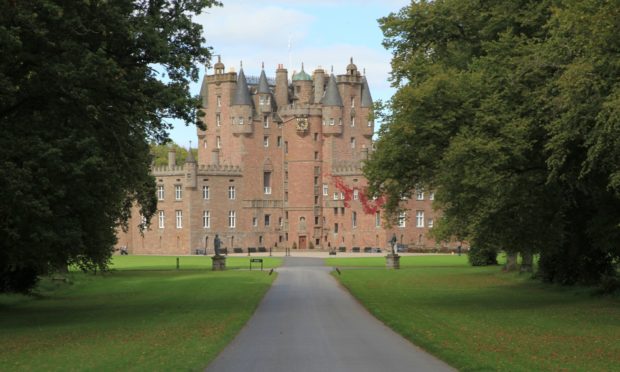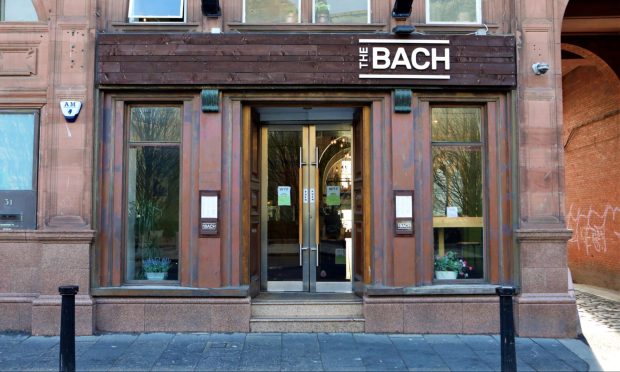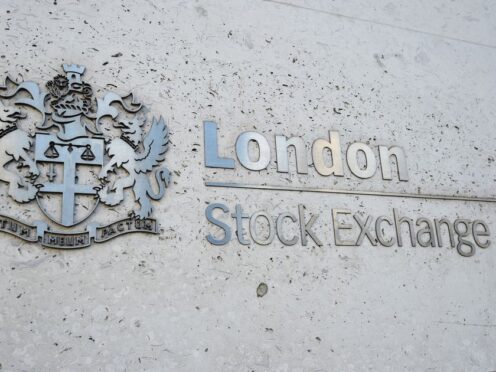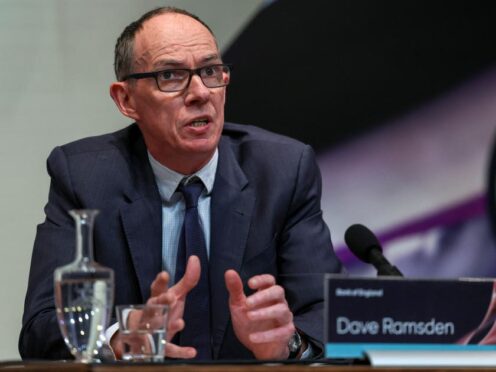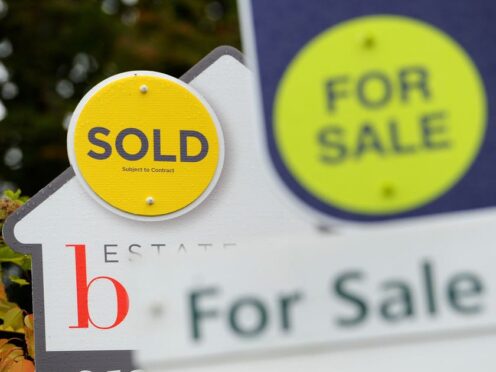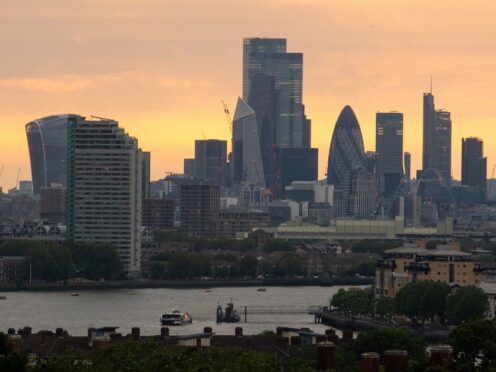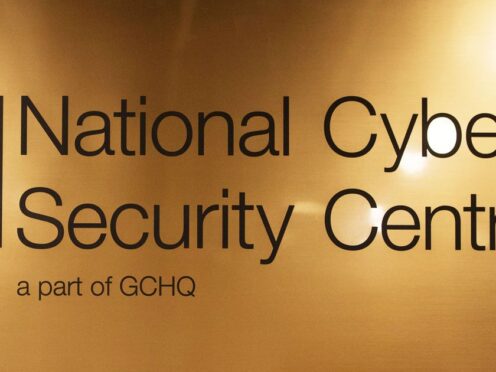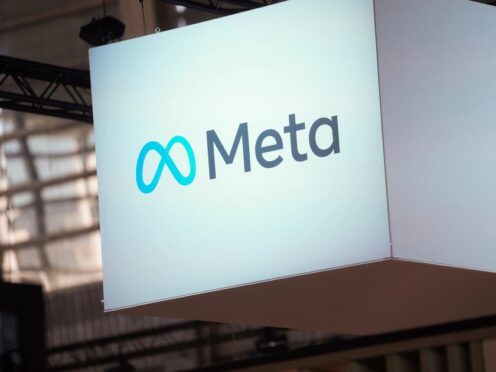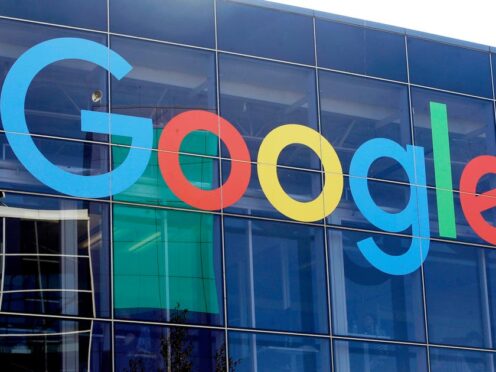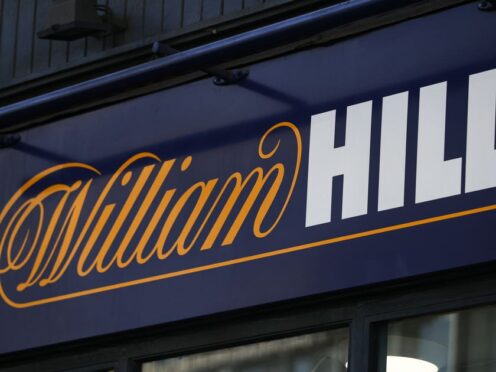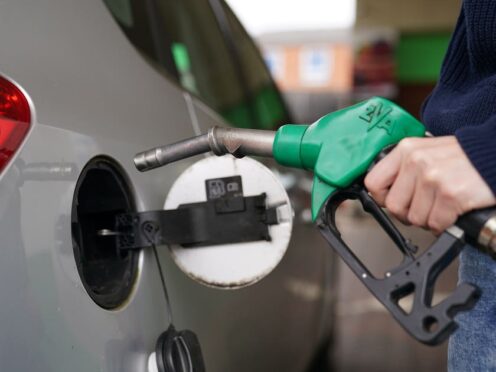The weaker pound was cited as a major factor in record numbers of North American visitors jetting to Scotland last year.
They spent £633 million in the twelve months to the end September 2016, a rise of 28% on the previous year, and the highest 12-month rolling period expenditure figure on record.
Visitor numbers from the region also rose sharply, with a 14% increase to 594,000, according to the International Passenger Survey (IPS) tourism statistics by the UK Office of National Statistics (ONS).
There was an overall 6% increase in international tourists spending in Scotland to September 2016, at £1.86 billion by the 2.67 million visitors.
Although there was a 7% drop in European markets, the majority of international visits to Scotland still come from Europe.
Spending by tourists in Scotland generates around £12 billion of economic activity and contributing around £6 billion to the Scottish Gross Domestic Product – about 5% of the total.
Tourism is a major Scottish industry, with tourists’ spending generating around £12 billion of economic activity and contributing around £6 billion to the Scottish Gross Domestic Product – about 5% of the total.
Malcolm Roughead, chief executive of VisitScotland, the government body aiming to grow tourism revenues by £1bn by 2020, said it was remarkable to see such unparalleled growth in the North American market in both visits and spend.
“Of course, a favourable exchange rate has played its part, but a focus on airline capacity and connectivity – with around 90,000 extra seats on services from North America in 2016 – alongside a concentrated marketing approach has proved a real formula for success,” he stated
Mr Roughead said it was understandable that uncertainty over safety and security may have been a factor in the slight dip in European visits from core markets such as France and Germany, but it was interesting to see a 48% rise from Eastern European markets.
Tourism secretary Fiona Hyslop said: “North America is an important international market.
“These excellent figures confirm visitors from the region continue to spend more when they visit Scotland. It’s great news for our hotels, shops and restaurants that depend on tourism revenue.
“Scotland’s tourism businesses, and their 217,000 jobs, work incredibly hard to make our country a must-visit destination for foreign travellers.
“Visitors can be assured that when they come to Scotland, they will receive a warm welcome and experience spectacular scenery and top class attractions.
